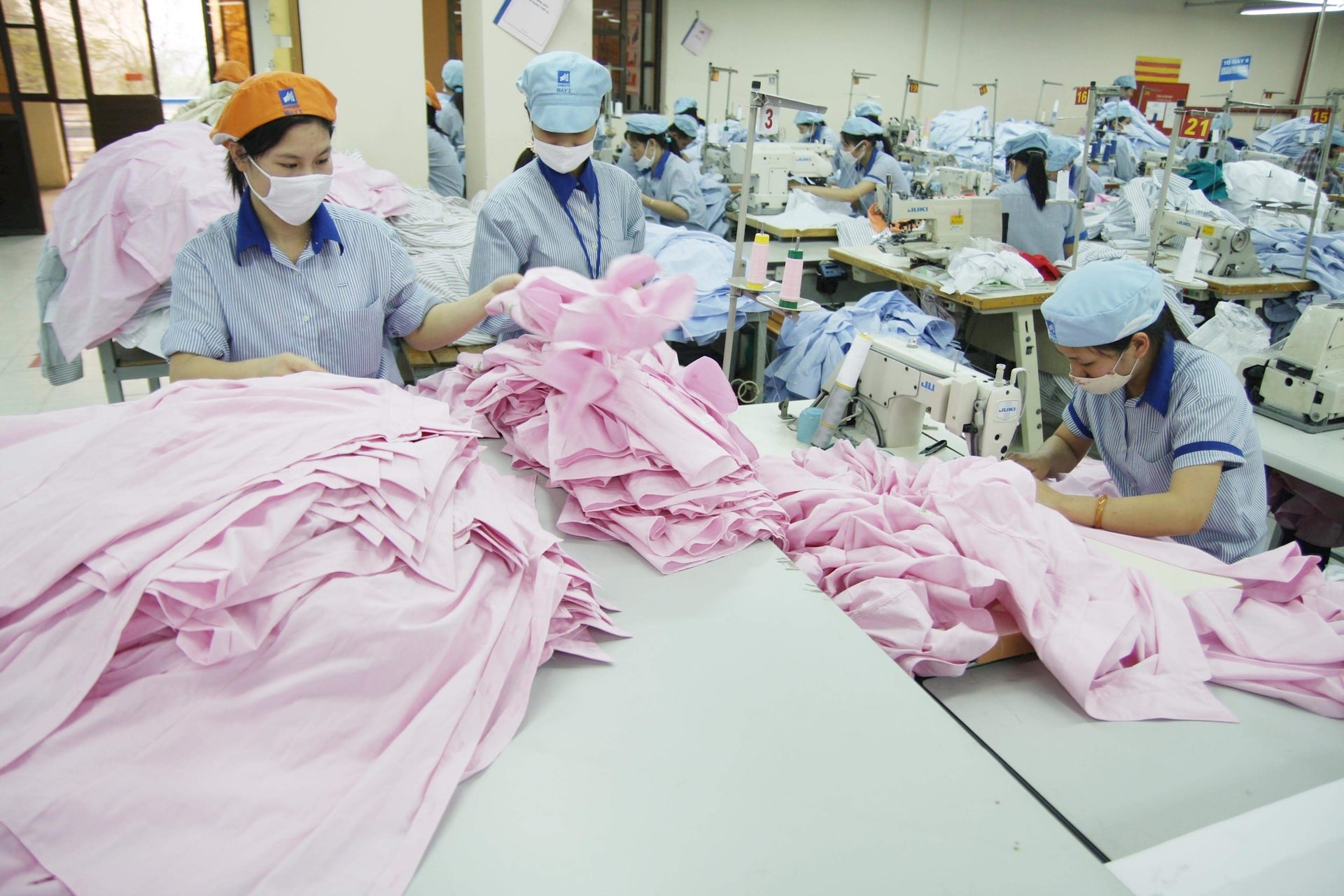
Limited capacity
Associate Professor Dr. Ta Van Loi - Principal of the School of Business (National Economics University) shared that major economies such as the US, EU, China and India are actively restructuring the supply chain in the direction of shortening the chain, diversifying the chain, regionalizing the chain, and expanding the chain. The competition between major countries has created new global supply chains. In particular, the new supply chain led by the US and EU has shifted to countries with high growth rates and less dependence on China. This has created new supply chains for semiconductors, equipment and high-tech goods to limit China's technology copying.
Meanwhile, according to many economic experts, the shift and restructuring of the global value chain not only reflects a shift in international business strategy, but also poses a challenge for developing countries in maintaining their role in the value chain. For Vietnam, a developing economy with an increasingly important position in the region, the shift in the global supply chain brings both opportunities and challenges in improving localization capacity, meeting international standards on labor, environment, and digital transformation in production.
In recent years, the FDI sector has always been the leading force in Vietnam's exports, creating leverage to participate deeply in the global value chain. However, according to the assessment of Dr. Nguyen Quoc Viet - Deputy Director of the Institute for Economic and Policy Research (University of Economics, Vietnam National University , Hanoi ), the spillover effects of FDI enterprises in technology transfer and supporting Vietnamese enterprises to participate in the global value chain are still limited. Domestic enterprises have not yet participated deeply in chains with high added value. Along with that, the linkage between domestic enterprises and FDI enterprises is only concentrated in low- and medium-tech industries and service industries. The report on FDI efficiency index of ASEAN countries shows that, in terms of technology and innovation level, Vietnam ranks 90/100, of which basic technology ranks 92/100, innovation capacity ranks 77/100, FDI and technology transfer ranks 73/100, with investment in R&D accounting for only 0.2% of GDP ranked 84/100.
Strengthening connectivity
Dr. Dinh Le Hai Ha - Deputy Director of the Institute of International Trade and Economics (National Economics University) commented that Vietnam is emerging as a major manufacturing and assembly center thanks to its superior advantages in geographical location, competitive labor costs and effective investment attraction policies. To maximize opportunities from the trend of shifting global supply chains, Vietnam also needs to take advantage of opportunities from the trend of diversifying supply chains and reducing dependence on some traditional markets; clearly identify the industries that will be most affected and propose strategic solutions to adapt...
Meanwhile, Dr. Nguyen Quoc Viet proposed to build a synchronous and comprehensive policy to support domestic enterprises in connecting with FDI enterprises. This includes mechanisms and policies to support interest rates, finance, and access to investment resources to upgrade domestic enterprises to be capable of participating in the global supply chain. Vietnamese enterprises that want to participate in the chain linked with FDI enterprises must improve their competitiveness through technological innovation, improve the quality of human resources and the effectiveness of governance and management. Regarding the issue of attracting FDI, it is necessary to focus on prioritizing strategic investors, creating a global production chain, prioritizing high-tech enterprises and transferring technology to Vietnamese enterprises.
Associate Professor Dr. Ta Van Loi believes that it is necessary to develop new technologies to create many new materials, products and energies, especially renewable energy and light materials for key industries such as automobiles, computers, electronics, etc. At the same time, build venture capital funds, or jointly sponsor training to improve human resource quality, access world technology more quickly. When having enough capacity in capital, technology and management, they will gradually rise in the supply chain, even becoming core enterprises of the chain.
Source: https://baolaocai.vn/doanh-nghiep-viet-tham-gia-chuoi-cung-ung-toan-cau-co-hoi-di-cung-thach-thuc-post402282.html



![[Photo] 60th Anniversary of the Founding of the Vietnam Association of Photographic Artists](/_next/image?url=https%3A%2F%2Fvphoto.vietnam.vn%2Fthumb%2F1200x675%2Fvietnam%2Fresource%2FIMAGE%2F2025%2F12%2F05%2F1764935864512_a1-bnd-0841-9740-jpg.webp&w=3840&q=75)
![[Photo] National Assembly Chairman Tran Thanh Man attends the VinFuture 2025 Award Ceremony](/_next/image?url=https%3A%2F%2Fvphoto.vietnam.vn%2Fthumb%2F1200x675%2Fvietnam%2Fresource%2FIMAGE%2F2025%2F12%2F05%2F1764951162416_2628509768338816493-6995-jpg.webp&w=3840&q=75)



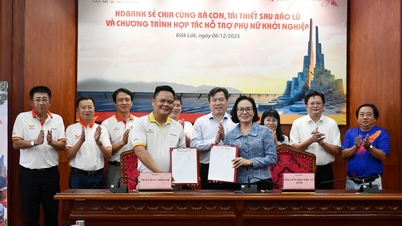



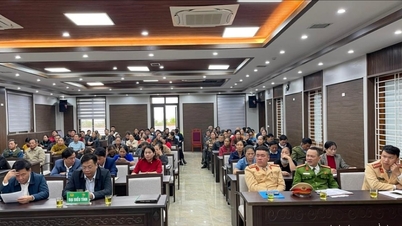




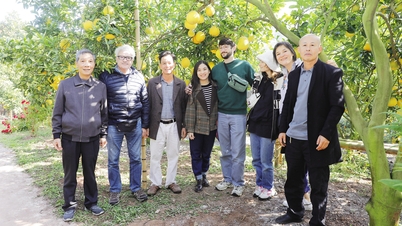










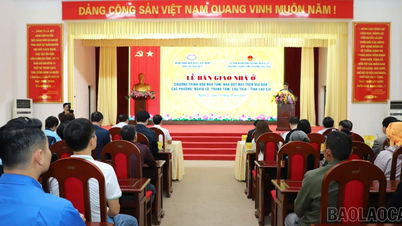












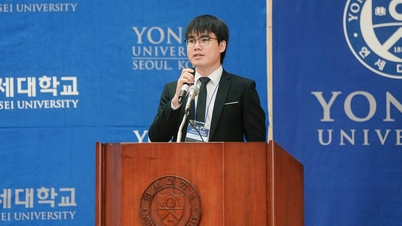











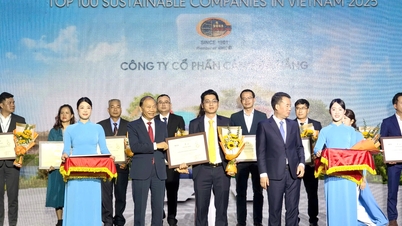
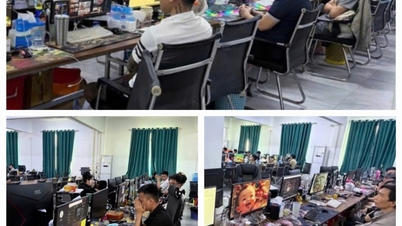
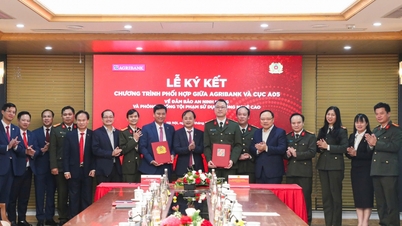

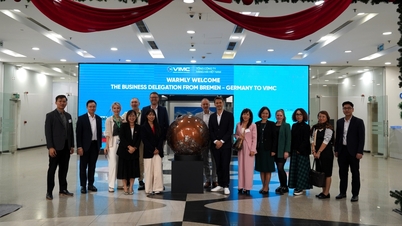















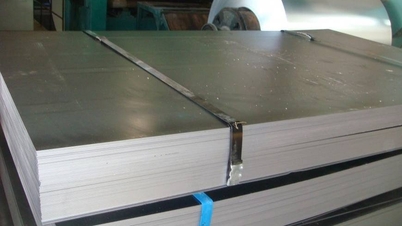




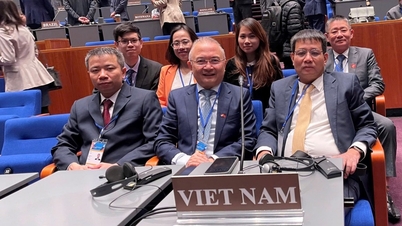
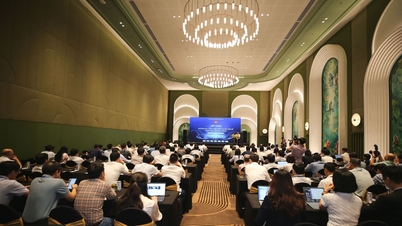



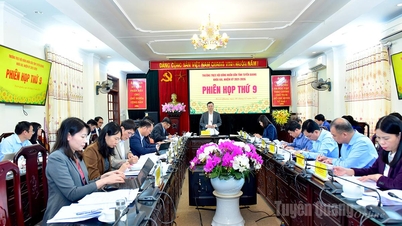




















Comment (0)